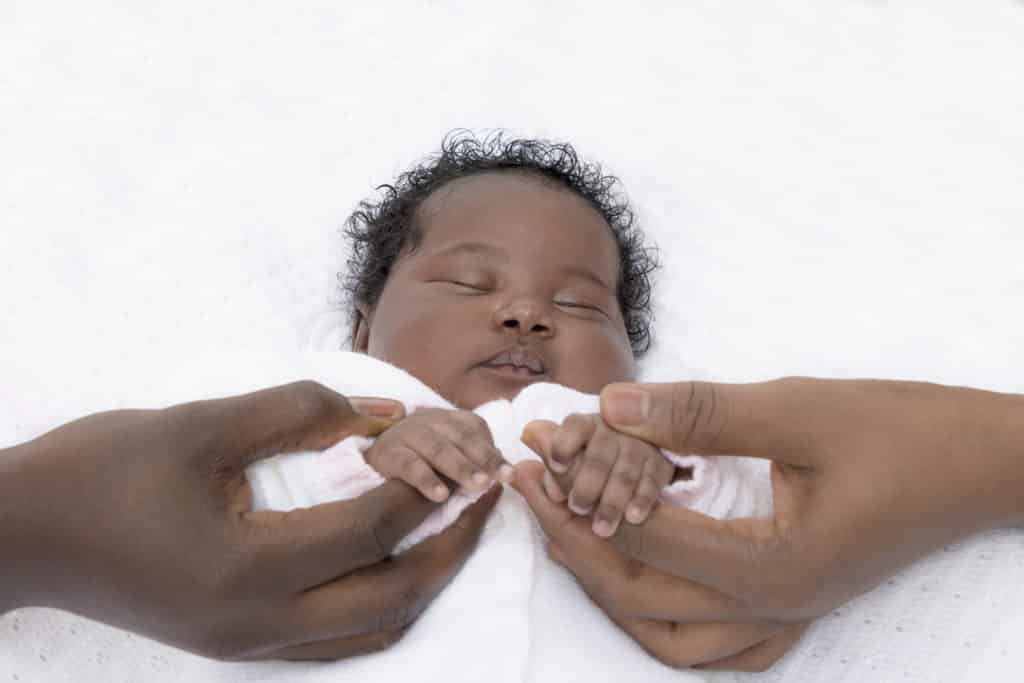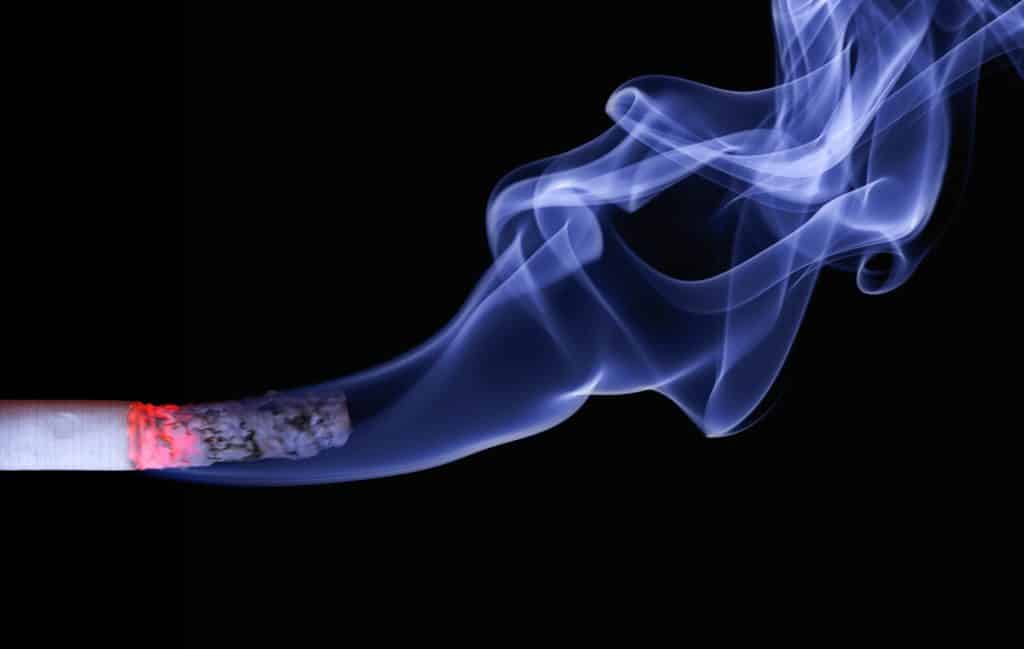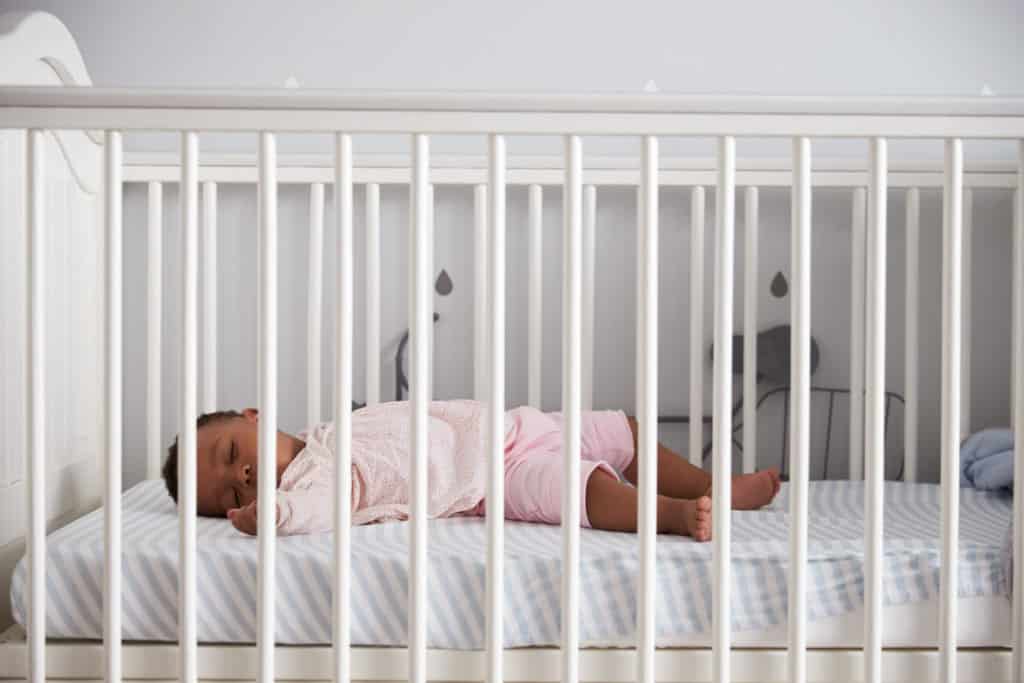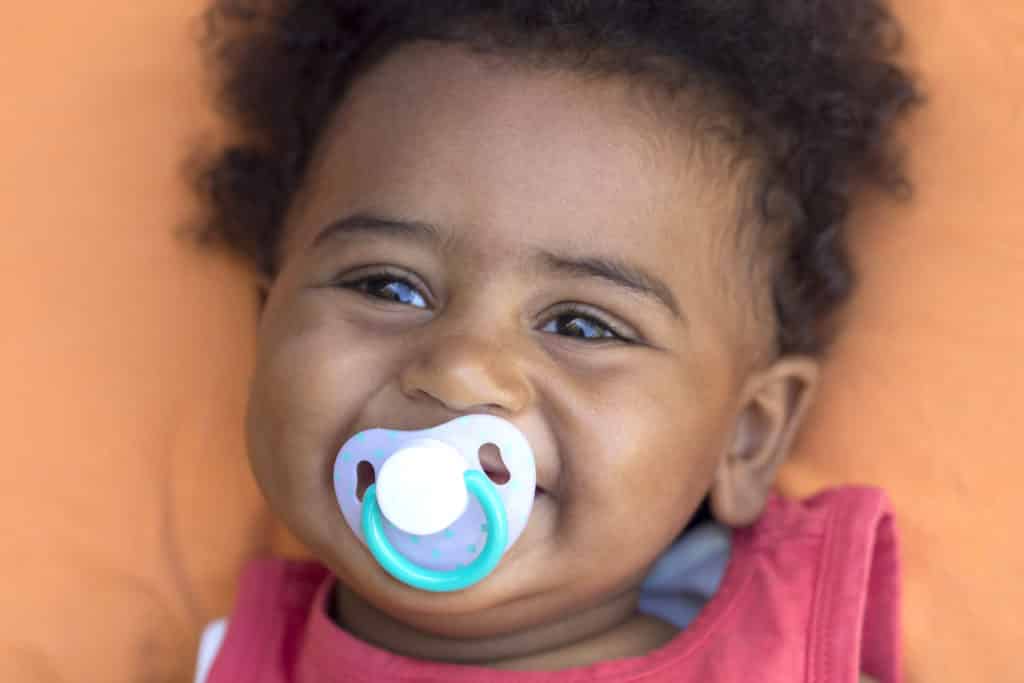Jennifer was shocked. In fact, she just couldn’t believe what she was seeing; her baby lying motionless on her tummy in her cot.

Yes, we know.
No one wants to lose their baby, especially in such an unexpected manner. Often times, the pain is heartbreaking and absolutely cruel. Like Jennifer, many women have lost their precious ones to the cold hands of SIDS.
In this article, we’d provide reliable info on SIDS; the causes, chances of occurrence and risk factors. In the same vein, we’d supply you with valid tips on how to prevent SIDS.
What Is Sudden Infant Death Syndrome (SIDS)?
This is the unexpected and sudden death of a child that is less than a year old. Most times, it occurs during sleep and the deaths cannot be affiliated with a particular cause even after extensive examinations.
Essentially, this syndrome claims the life of a seemingly healthy baby while he/she is asleep.
The rate of occurrence is higher in males compared with females and more common during the cold weather.
What Causes SIDS?
The exact cause of SIDS is unknown.
However, some experts suggest that it may be caused by a problem in the part of the brain that controls breathing and waking up.

The Signs & Symptoms
Although there are no obvious symptoms, studies show that the following conditions have a strong relationship with SIDS:
- Breathing problems
- Abnormal hand & leg movements
- Not having enough oxygen in the blood
Close observation from the parents can reveal any of the first two symptoms. If you notice any of these, please consult your doctor immediately.
What Puts A Baby At Risk Of SIDS?
1. Wrong Sleeping Posture
In the first year of life, it is necessary for your little one to get enough sleep. In addition to the right amount, posture is also important. Babies who are made to sleep on their bellies face a higher risk of sudden death while asleep.
The correct sleeping posture for your child is to lie on his/her back.
2. Mums Or Parents Who Smoke
During pregnancy, a lot of substances pass from mother to her baby through the placenta. As a result of this, substances a mum is exposed to can have effects on her baby’s health.

Smoking or exposure to secondhand smoke during pregnancy greatly increases the chances of sudden death in the first year of a child’s life. This occurs as a result of the damage cigarette smoke poses to the developing respiratory tract of a baby.
3. Sleeping On An Adult’s Bed
Although most mothers prefer to keep their babies close in the first year of life because it’s easier to breastfeed or cuddle, this may be risky.
Sharing a bed with an adult increases the possibility of suffocation or breathing problems which can result in sudden death.
4. Poor Prenatal Care
It is important for every expectant mother to attend antenatal clinics regularly and get every form of care available to her. At these clinics, pregnant women receive routine checks which maintain their health status all through pregnancy.

When antenatal clinic visits are missed, certain red flags regarding health may be missed as well, leading to issues later in life.
5. Passive Smoke
In plain terms, this is second-hand smoking.
When a baby breathes in air that is contaminated with smoke from cigarettes, dangerous fumes or alcohol, the chances of respiratory problems increase.
What Can I Do To Prevent My Baby From Having SIDS?
Thankfully, there are a number of ways to reduce the risk of your baby having SIDS. In addition, these steps can be taken before or after childbirth.
Before childbirth:
- Get early and regular ante-natal care. Go to the clinic on your days and ensure you don’t skip appointments .
- Avoid smoking, drinking alcohol or taking hard drugs during pregnancy.
- Take an infant CPR class. Do you know what to do if your baby is found unconscious or choking? All parents should learn how to carry out infant CPR (cardiopulmonary resuscitation). CPR done early can save your baby’s life.

After childbirth:

- Learn to put your baby to sleep on his/her back. If your child is old enough to roll over, let him/her sleep in a comfortable position.
- Put your baby to sleep in a crib. Avoid sharing the same bed with your baby. Co- sleeping increases the risk of suffocation.
3. If you have twins or other young children who still sleep in cribs, let them make use of a separate cribs.
4. Use a firm mattress for your baby’s crib. In addition, ensure that there is no gap between the mattress and the side of the crib.
5. While your little one is asleep, make sure that pillows, blankets, toys or other items do not prevent him/her from rolling over. If these items are wrongly placed, they can obstruct breathing and cause suffocation. So please take them out of the crib.
6. We know regular tummy time sessions during the day are a key exercise for your little one. Please supervise every session.
7. Breastfeed your baby as much as possible. Research has shown that breastfed babies are less likely to die from SIDS.
A Final Note
We encourage you to ensure your baby gets all the recommended vaccinations and goes for regular check-ups. In addition to this, remember that smoking is not good for your baby’s health.
Don’t allow your child inhale smoke from cigarettes.
Above all, it is important to note that women like Jennifer still get to have healthy babies who grow to be strong and happy.

As long as you follow the preventive steps listed above and avoid the risk factors, your baby is going to be fine, strong and healthy.
REFERENCES
- American Academy of Family Physicians (2015). Sudden Infant Death Syndrome (SIDS). Accessed on 7th September, 2020 from https://www.google.com/url?sa=t&source=web&rct=j&url=https://www.aafp.org/afp/2015/0601/p778s1.pdf&ved=2ahUKEwiKpbKW7NbrAhXKTRUIHeiFALQQFjABegQIAxAB&usg=AOvVaw2otN7Q5MBWBfQL5CqcZM-m
- Bezerra Marina Alves de Lima, Carvalho Kaline Meneses, Bezerra Joana Lidyanne de Oliveira, Novaes Lívia Fernanda Guimarães, Monteiro de Moura Talita Helena, Leal Luciana Pedrosa (2015). Factors associated with the knowledge of mothers on sudden infant death syndrome. Accessed on 7th September, 2020 from https://www.google.com/url?sa=t&source=web&rct=j&url=https://www.scielo.br/pdf/ean/v19n2/en_1414-8145-ean-19-02-0303.pdf&ved=2ahUKEwiKpbKW7NbrAhXKTRUIHeiFALQQFjACegQIARAB&usg=AOvVaw1Y_cNrWwkuXi9JJNBw0Hdl
- Paul Goldwater (2004). “Sudden Infant Death Syndrome: A Critical Review of Approaches to Research.” Archives of Disease in Childhood. Accessed on 7th September, 2020 from https://www.researchgate.net/publication/8963251_Sudden_infant_death_syndrome_A_critical_review_of_approaches_to_research

